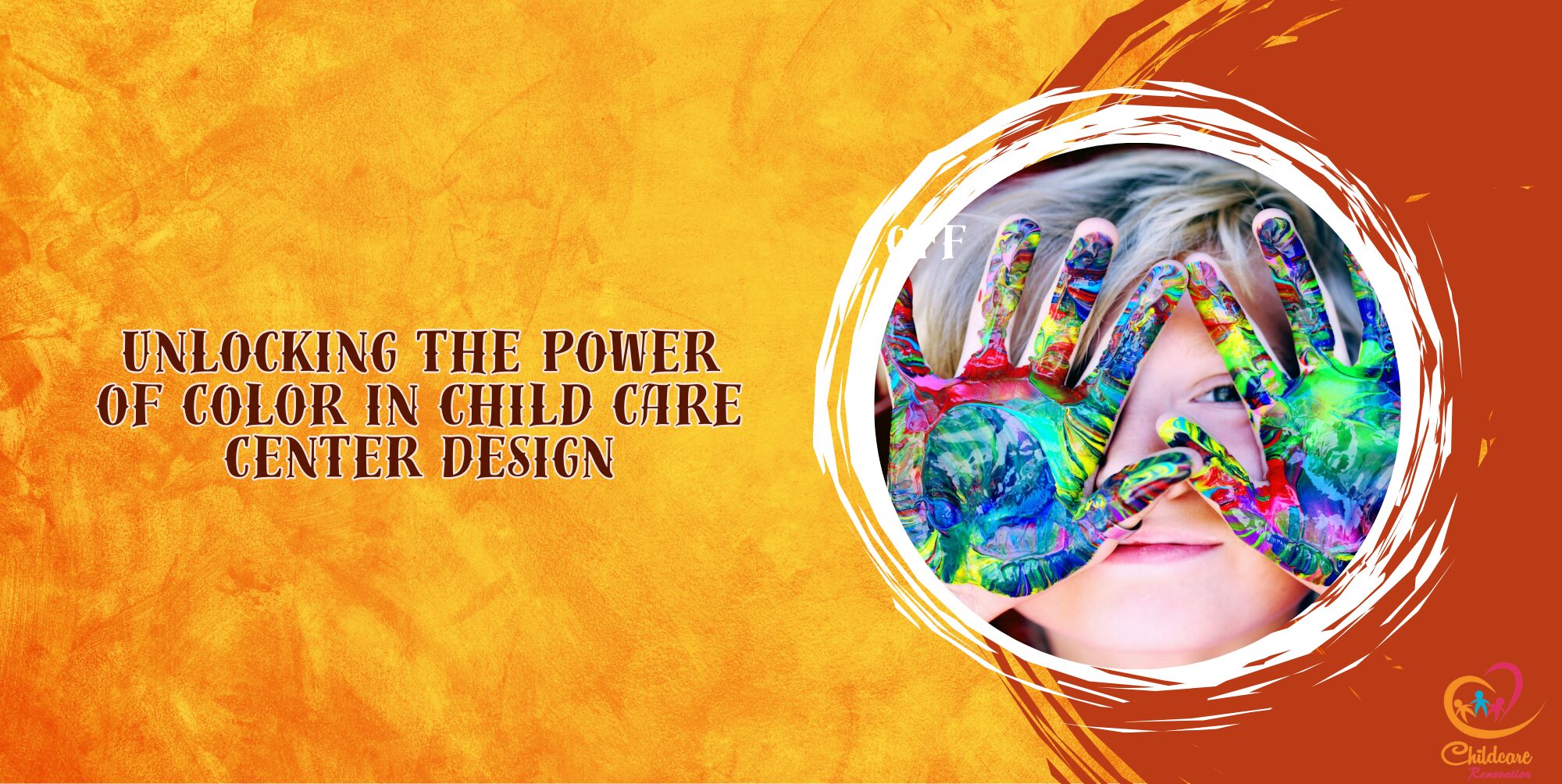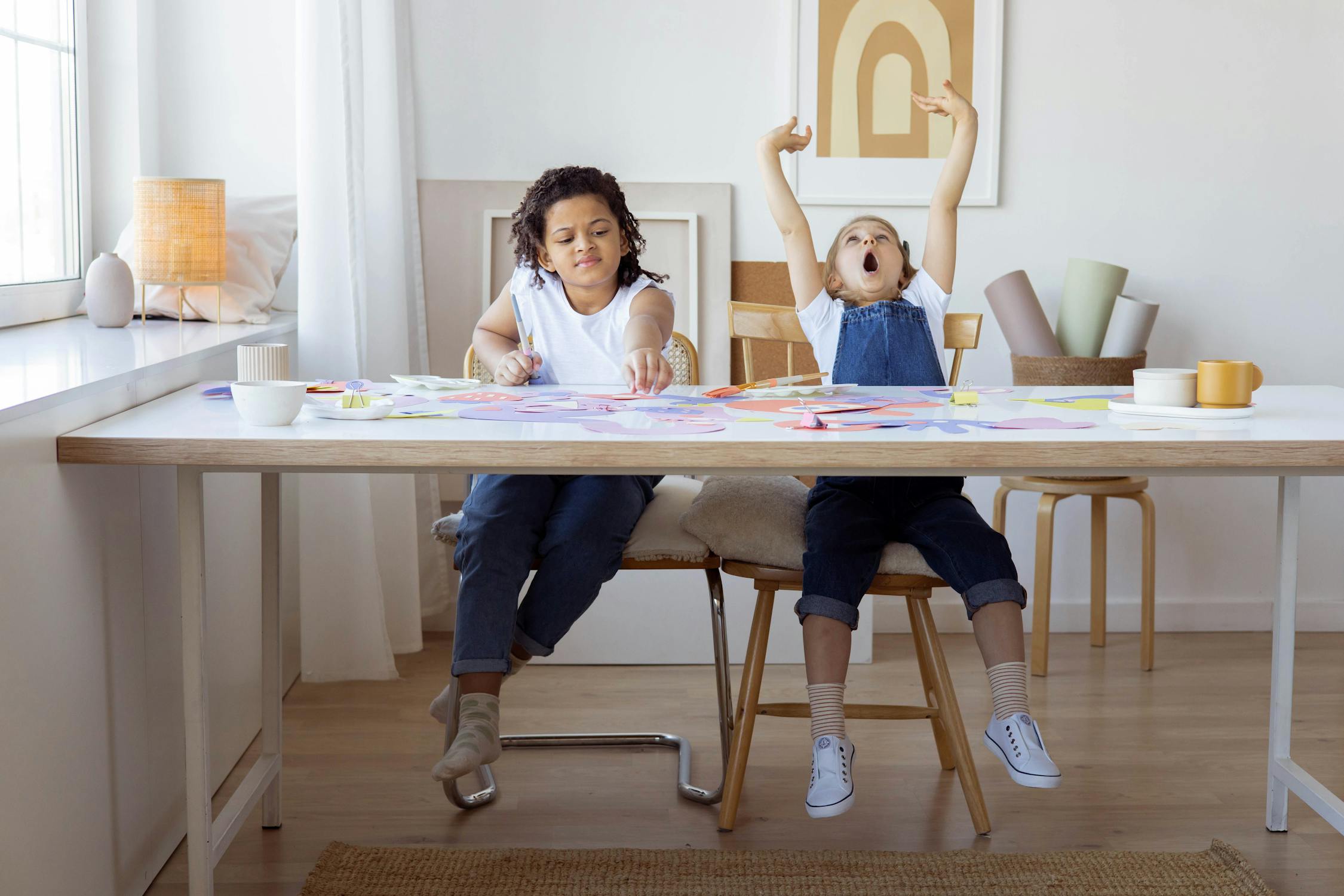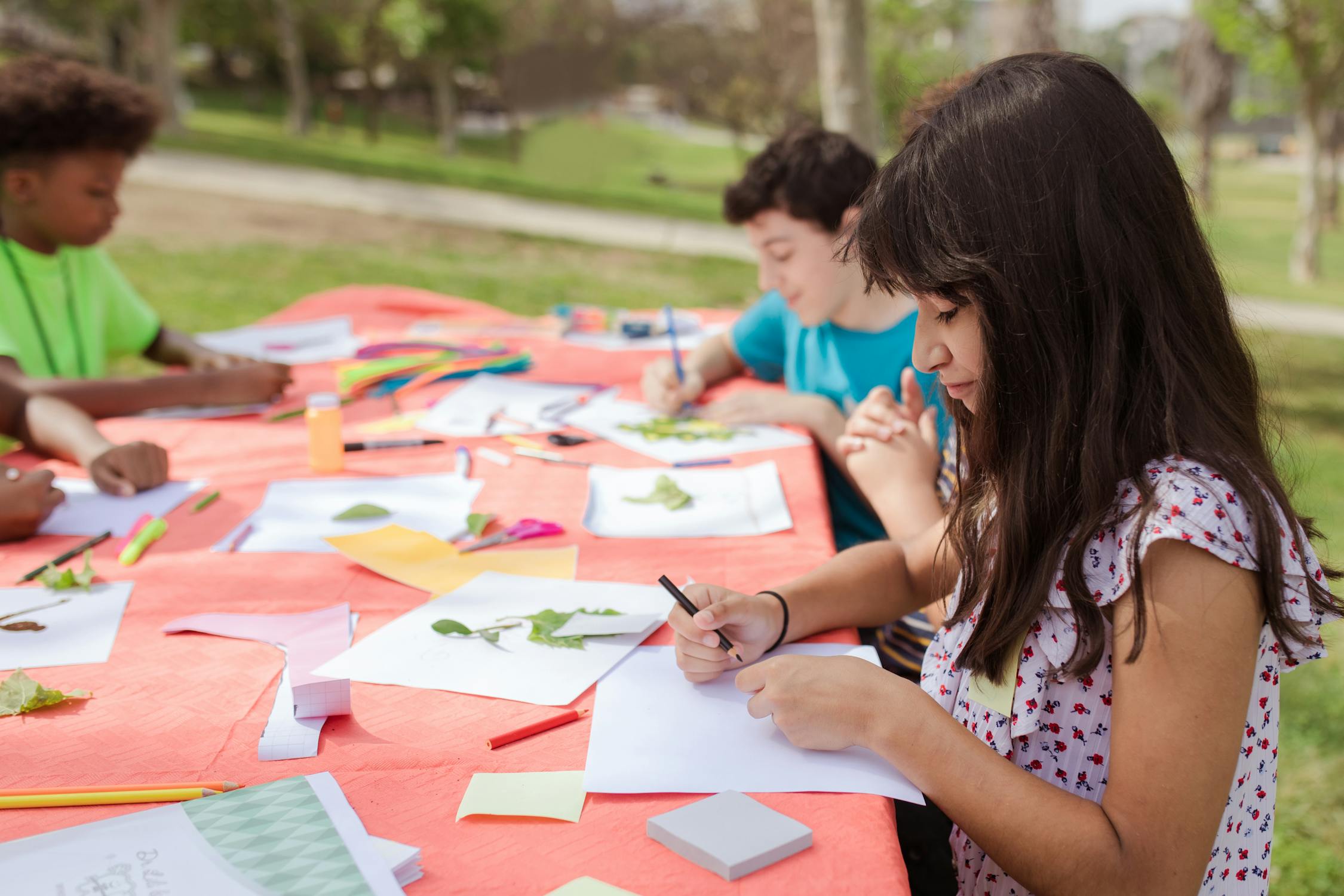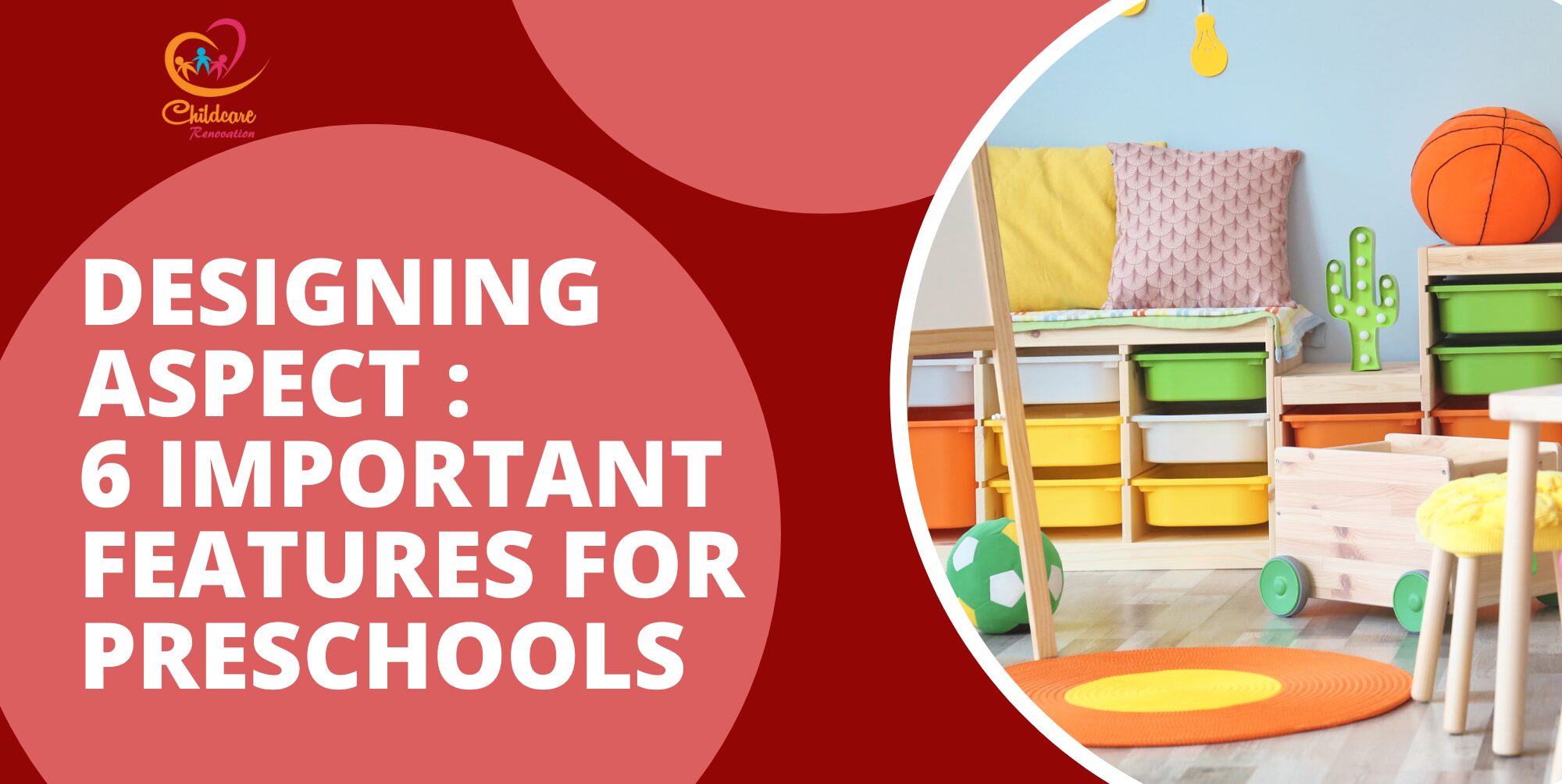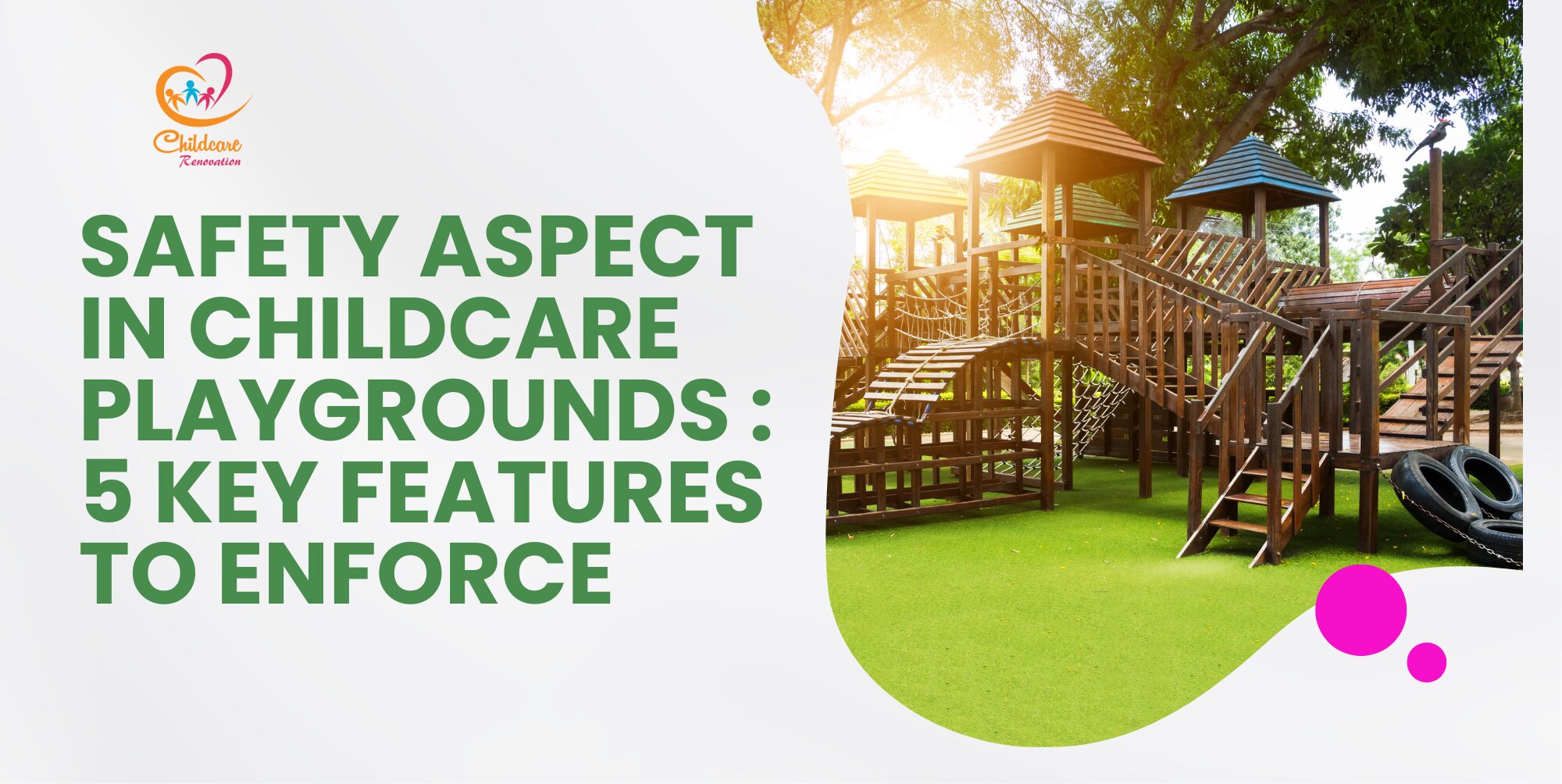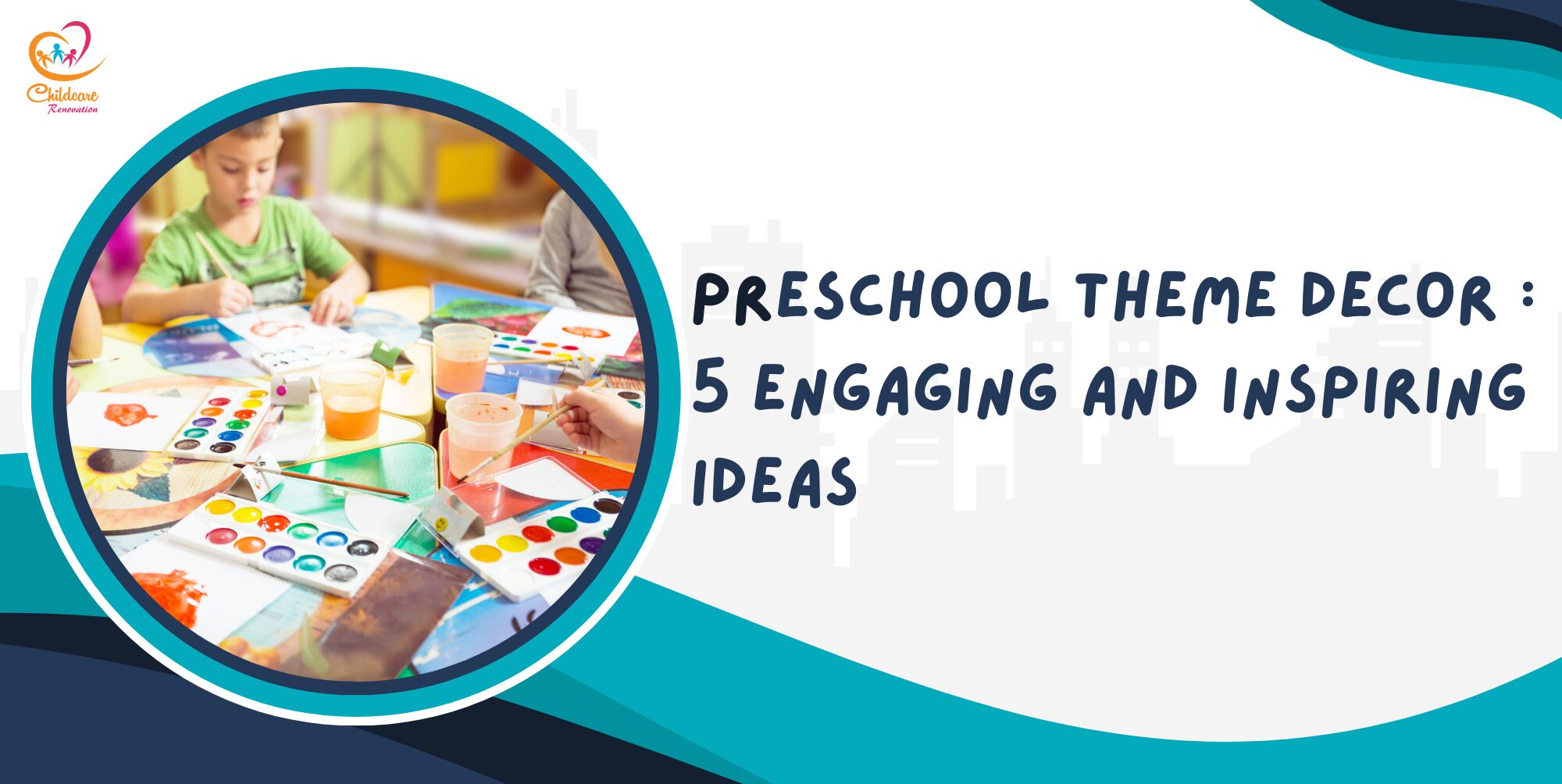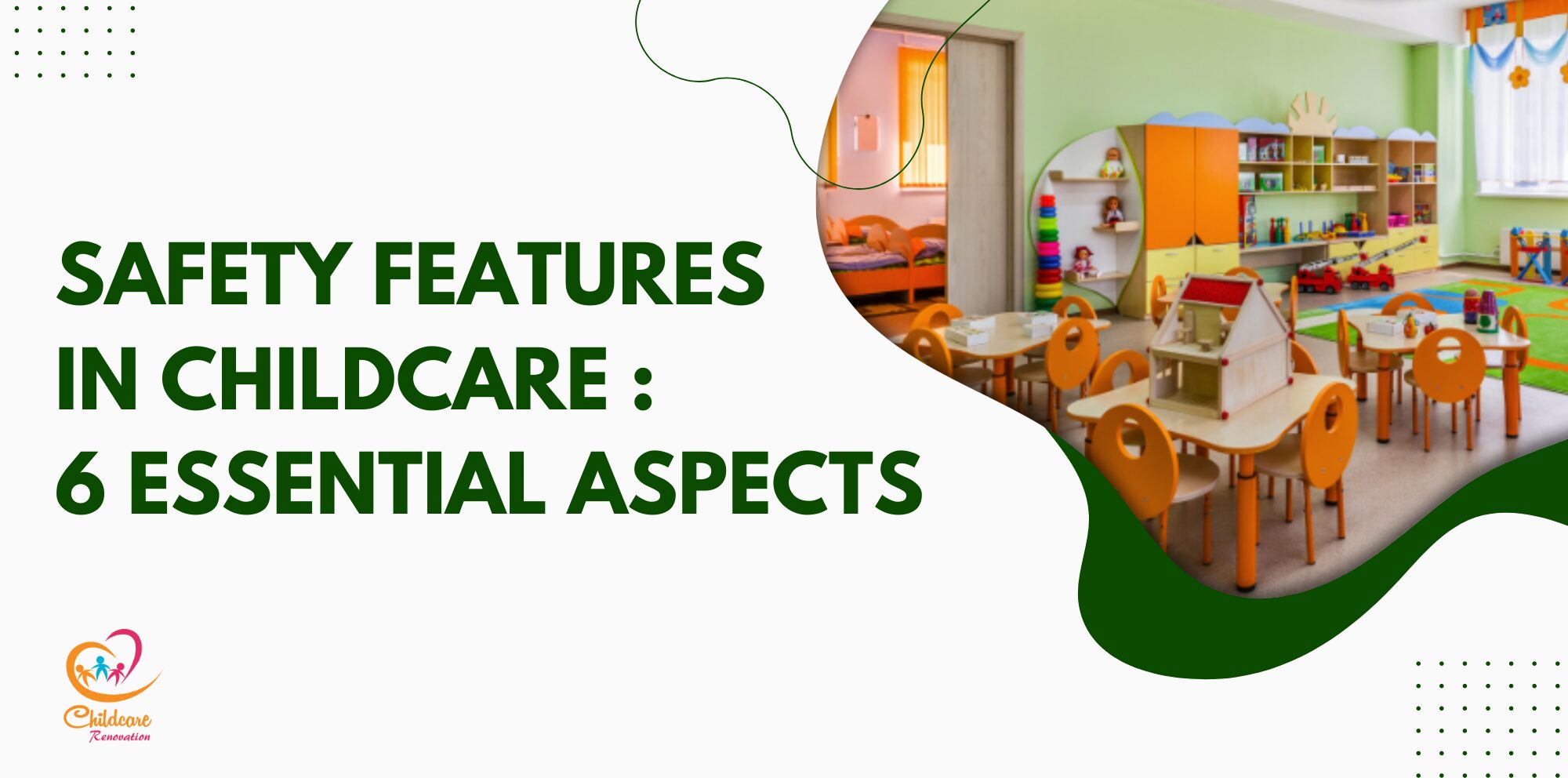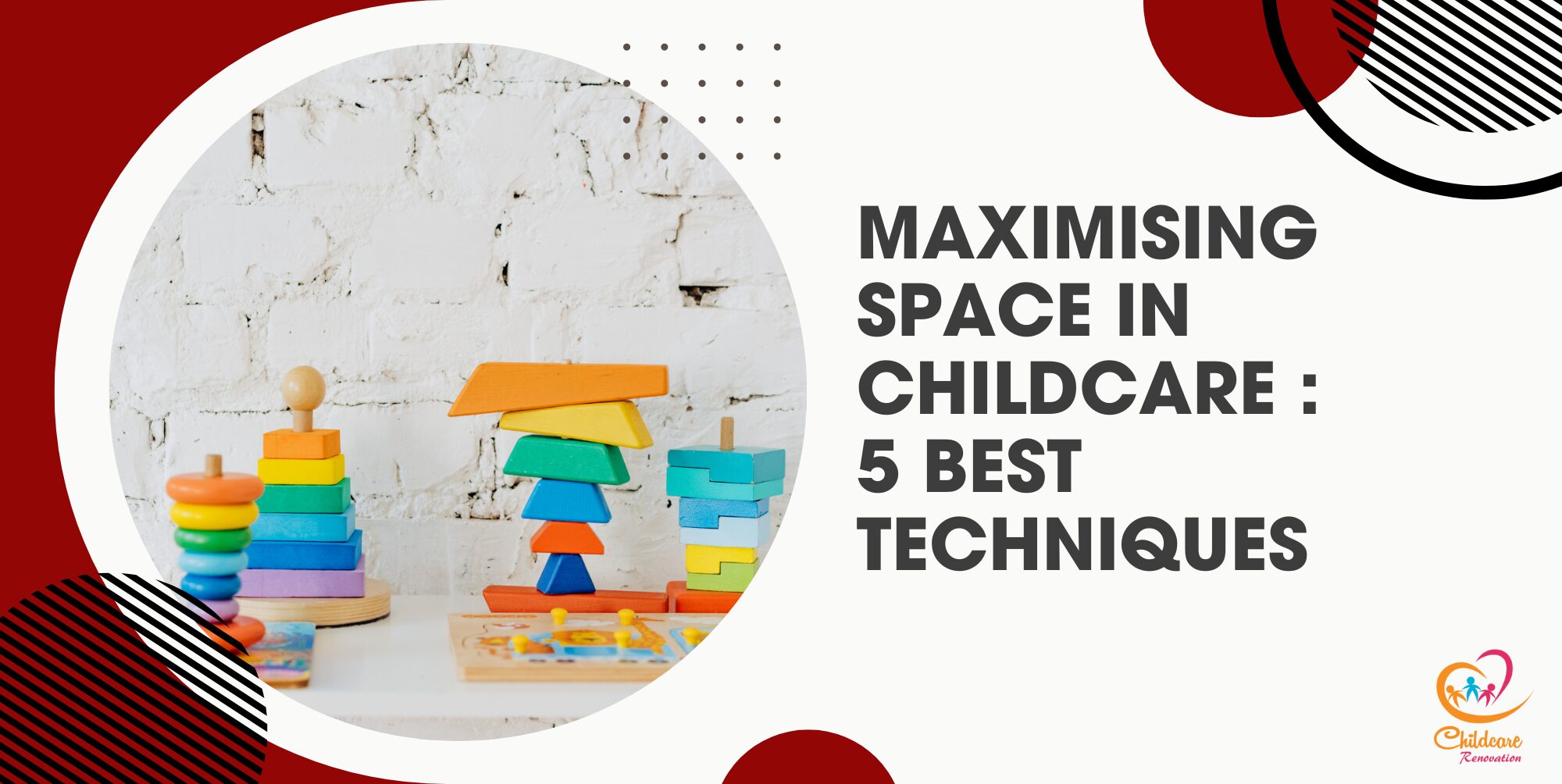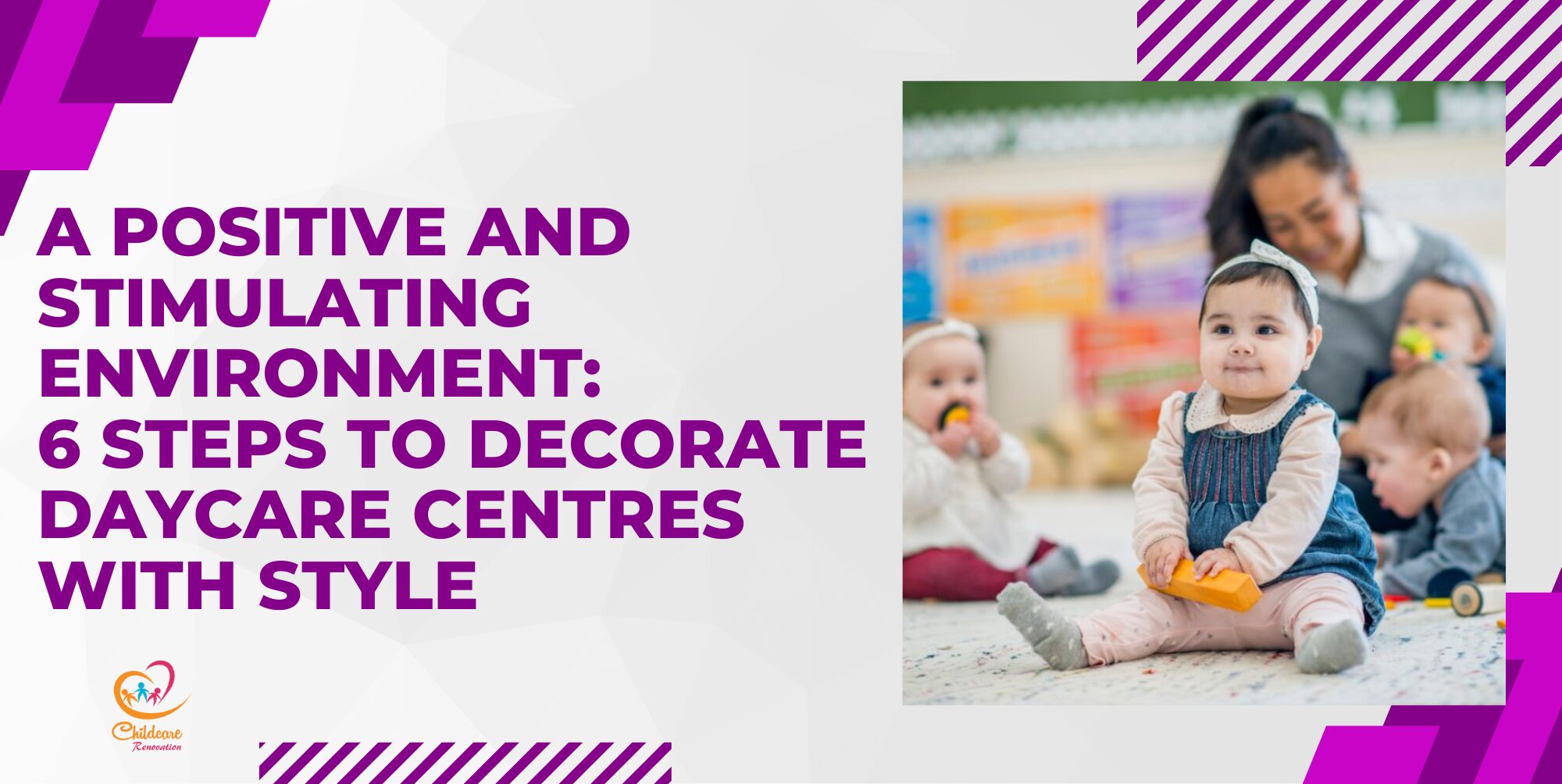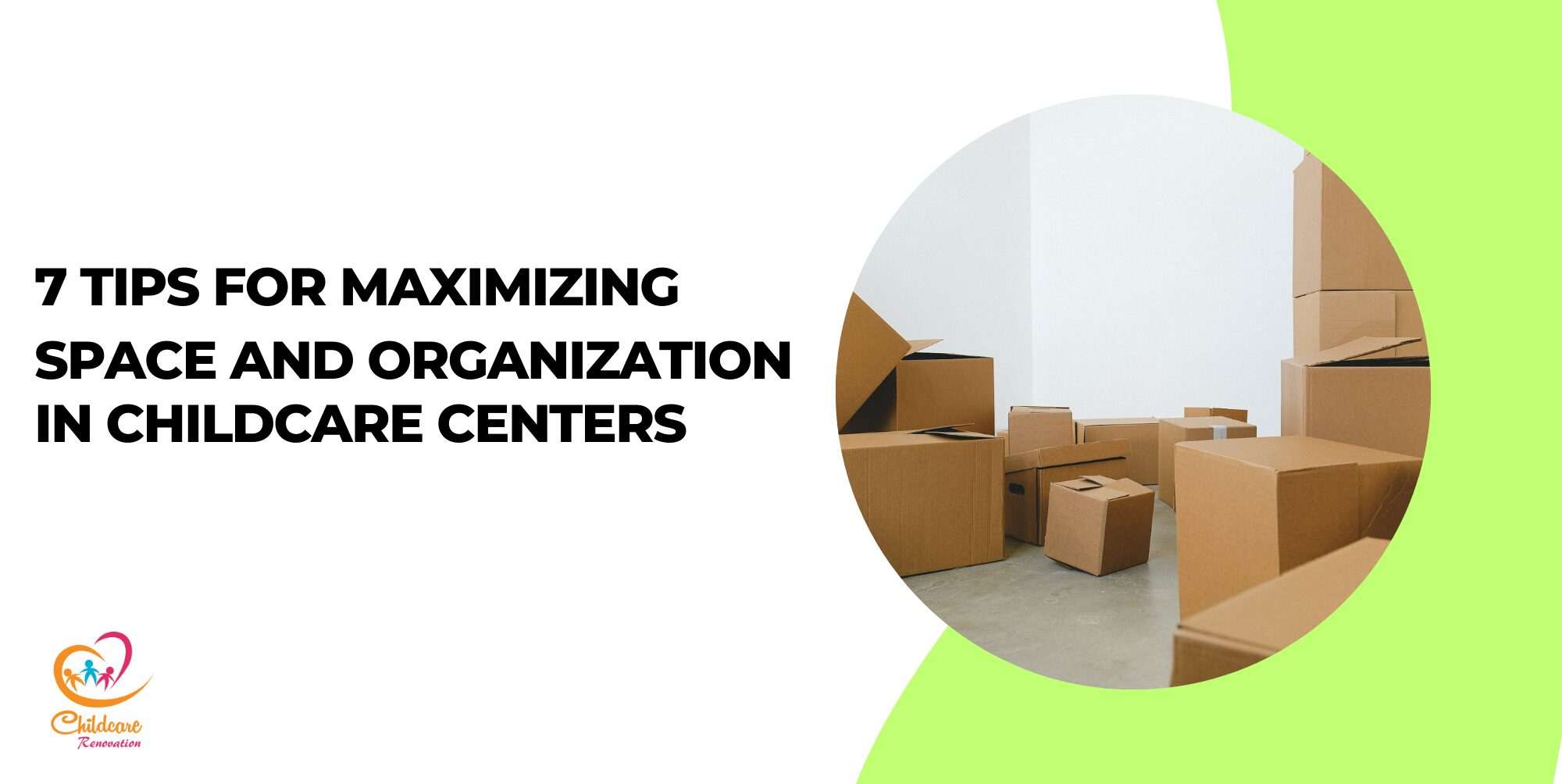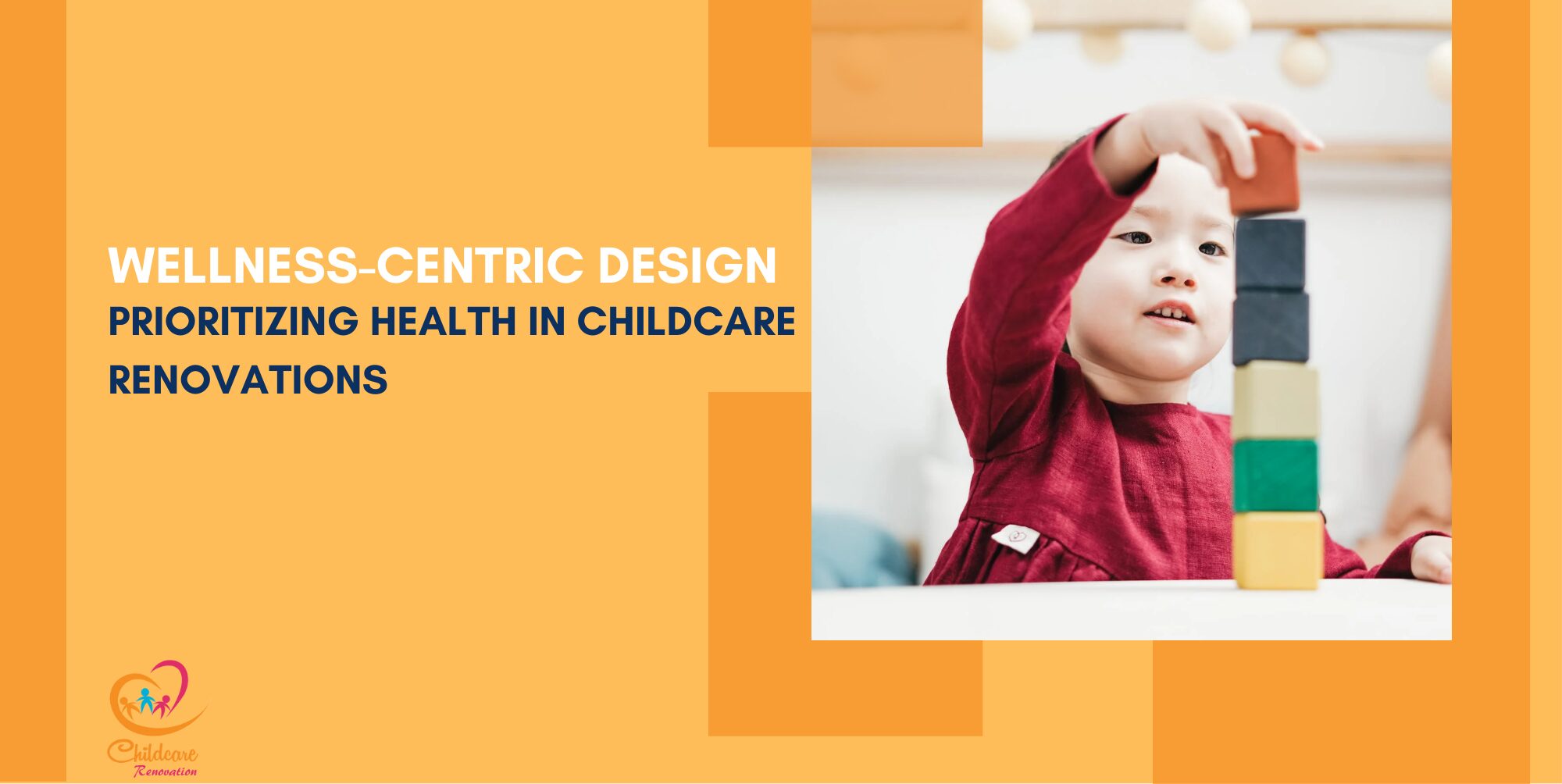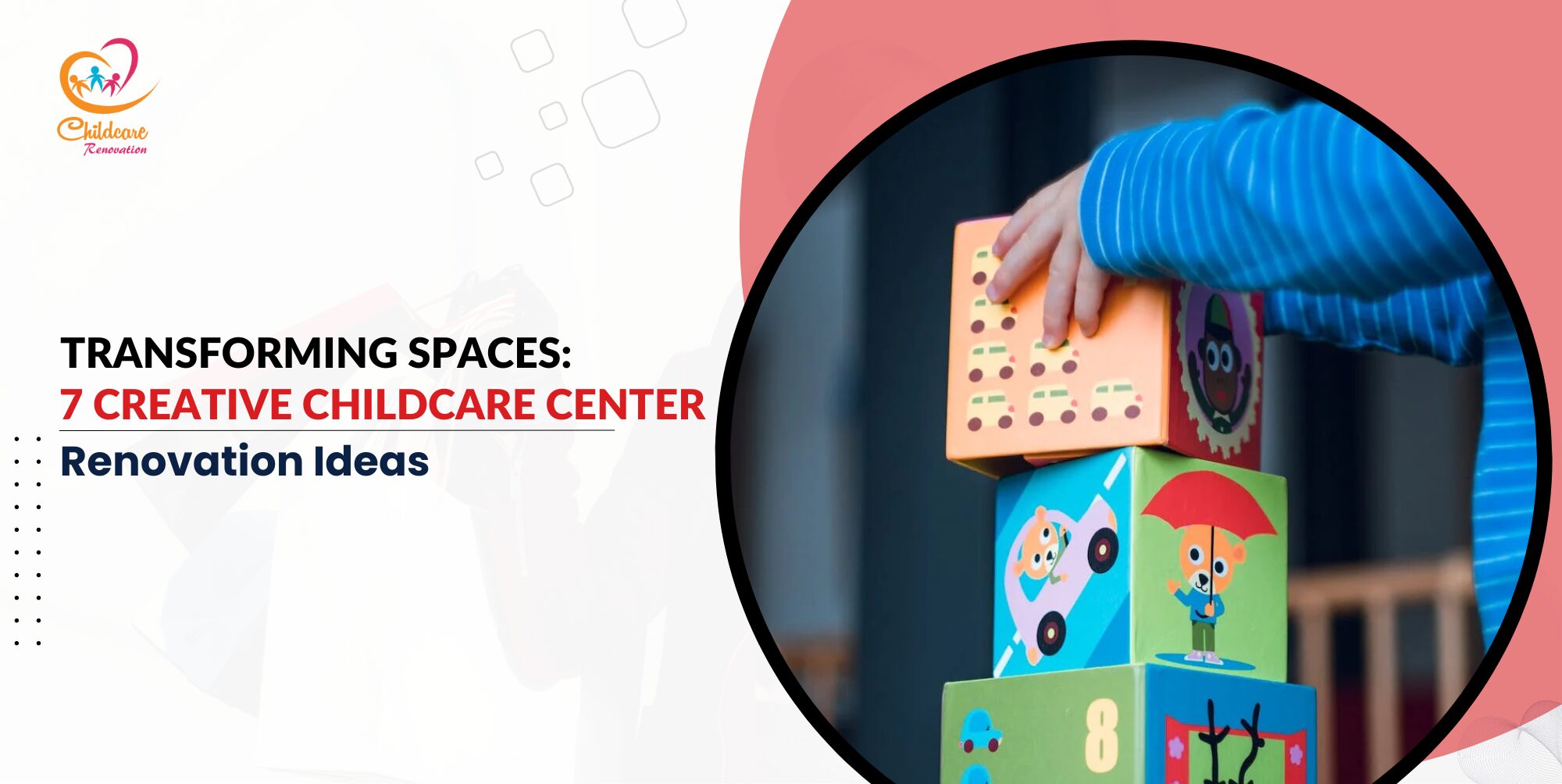In the busy world of childcare centers, every detail matters. From the layout and themes of the classrooms to the choice of educational materials used, each element plays an important role in shaping the learning environment for young children. One element often overlooked that holds a lot of potential is the strategic usage of colors.
In this article we’ll be going through the vivid world of color psychology and the impact it has on child care center environments. From promoting positive reinforcement to enhancing cognitive development. We’ll be going through on how smart color choices can change spaces into nurturing havens for young learners.
Understanding Color Psychology
Before diving into the real life applications of color psychology, it is essential to have an understanding of the principle behind it. Color psychology is the study of how different colors affect human behavior, emotions and cognitive processes. Each color carries its own unique set of associations and influences, making it a powerful tool for creating specific atmospheres and evoking desired responses.
The Influence of Color on Mood and Behavior
One of the most noteworthy methods in which color affects us is through its impact on mood and behavior. Warm color tones like red, orange and yellow are often associated with energy, excitement and warmth. These colors can stimulate the senses and encourage active engagement, making them ideal for areas where active movement and social interaction are encouraged such as playrooms and activity areas.
On the other end of the color spectrum, cool colors like blue, green and purple have a calming effect on the mind and body. These are the colors that are often used in relaxation areas, quiet corners and nap rooms to create a soothing atmosphere conducive to rest and rejuvenation. By strategically applying both warm and cool tones throughout the child care center, a balanced environment that balances and promotes both active play and relaxation is created.
Enhancing Cognitive Development Through Color
Color too plays a vital role in cognitive development, especially in young children. Research has shown that exposure to a variety of colors can stimulate brain activity and enhance learning experiences. Bright and vibrant colors can capture children’s attention and stimulate their curiosity, making them the go-to choice for educational materials, classroom decors and play areas.
Furthermore, certain colors have been found to facilitate specific cognitive processes. For example studies have shown that the color blue enhances creativity and imagination, while green promotes concentration and focus. By strategically implementing these colors into different areas of the child care centers, educators can create environments that support a wide range of cognitive skills and abilities.
Creating Inclusive and Stimulating Environments
In addition to encouraging positive behavior and cognitive development, color can also play an important role in creating an inclusive and stimulating environment for children of all abilities. For children with sensory sensitivities or developmental differences, certain colors may come off as overwhelming and stimulating thus by carefully incorporating colors that are calm and soothing, educators can create an inclusive environment where all children can feel welcomed and supported.
Practical Tips for Implementing Color Psychology
Now that the fundamentals of color psychology has been gone through, here are some practical tips on how these concepts can be applied in a child care center:
- Consider the age group and developmental needs of the children: Younger children may respond differently to colors than older children, so it’s essential to consider their age and developmental stage when choosing color palettes.
- Collaborate with educators and child development experts: Work closely with educators and child development experts to ensure that your color choices align with the educational philosophy and goals of the child care center.
- Experiment with different color combinations: Don’t be afraid to experiment with different color combinations to see what works best for your space. Consider factors such as lighting, room size, and functionality when making your selections.
- Use color to designate different areas: Use color to designate different areas of the child care center, such as play areas, quiet corners, and art stations. This will help children navigate the space more easily and understand its purpose.
- Monitor and adjust as needed: Finally, be sure to monitor the impact of your color choices on the children and staff and make adjustments as needed. Pay attention to feedback from parents, educators, and children themselves to ensure that your color scheme is having the desired effect.
By harnessing the power of color psychology, child care center operators can create environments that promote positive behavior, enhance cognitive development, and foster a love for learning. With careful planning and consideration, the colors of your child care center can truly become a catalyst for growth and exploration.
Speak with The Experts
Planning to get started at your kindergarten but have no idea about it? Childcare Center Renovation Singapore is a reliable company for renovation and interior design. They have about ten years of experience in this field and have a good reputation among customers. Call us now to get your desired kindergarten design ideas now!

